Cattle Feed Bunk Ideas Livestock Cattle
Trail cameras also provide unbiased estimates of how often cattle come to the feed bunk. In 2020, the Ontario agriculture department partnered with the Ontario Corn-Fed beef program to study the relationships between bunk management and cattle feeding behaviour and discovered, on average, that bunks remain empty for 5.5 hours over 24 hours.

Feed bunk Cattle feed, Cattle farming, Cattle ranching
In my last two columns, we have looked at issues with starting cattle on feed, as well as providing insight into the design of backgrounding and finishing programs.In this column, the focus will be on management of the feeding program, particularly feed bunk management. At its most basic level, feed bunk management is the practice of ensuring that cattle are fed to meet performance expectations.

Bunk Feeders Patriot Equipment Helping Farmers Feed America
The legs of these metal feed bunks allow for the height to be changed from 16"-22". The trough on a Farmco calf hay feeder is 32″ wide, allowing for plenty of space to pour nutritious feed for your cattle. It also uses sloped sides to make cleaning easy, as well as four drain holes to keep water from accumulating in the feeder.

Steel Feed Bunk S&B Custom Innovations Cattle Equipment Manufacturer
Post and Rail Check List. Feed curb should be 21 to 23 inches (53 to 58 cm) high on the cow-side of the bunk for Holstein cows and 18 to 19 inches (46 to 48 cm) for Jersey cows. Feed manger side should be elevated 3 to 4 inches (8 to 10 cm) above the cow alley. The curb should be 6 to 8 inches (15 to 20 cm) wide.
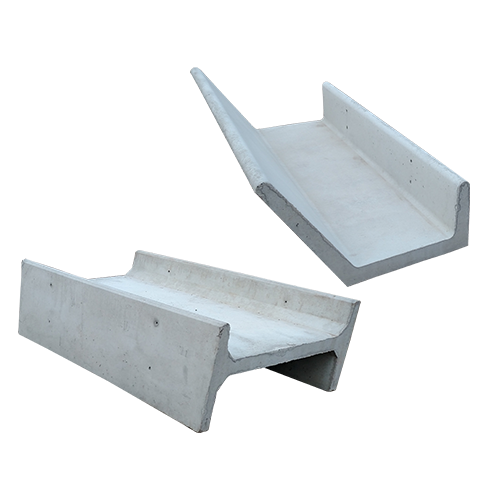
Cattle Feed Bunks Amcon Concrete Products
Cattle Feed Bunk Ideas Feeding cattle is one of the most significant expenses for cattle operations, accounting for over half of total production costs. With feed prices fluctuating and profit margins tight, optimizing feed efficiency is crucial for the financial viability of cattle farms. Feed bunk management is an often overlooked area where cattle producers can gain an advantage.

Feed Bunks West End Precast Concrete
Designed for barn yard or fence line feeding. Constructed of heavy-duty 12 gauge steel. Eyelets on the end for pinning multiple feeders together. Drain holes on trough. Powder Coat finish. HEAVY DUTY CONSTRUCTION. All Measurements on 24''W Trough: Height from ground to bottom of bunk: 6''. Height from ground to top of bunk: 18''.

Diy feed bunks BR Livestock shelter, Cattle feeder, Farm projects
Then I bought 6 rail continuous fence panels and cut them into 3 two rail sections for the neck rail. I have concrete and pipe troughs to feed out of. I'm going with 18" bunk space per calf and 24" for cows. Plan on 16"-18" neck rail height (from trough to first rail). The continuous panels panels make it fairly cheap and are really fast to put up.

Cattle Feed Bunks Livestock Cattle
Subject: RE: Makeing a homemade feed bunk pusher need ideas. A cheap way to push feed is to get an old 18.4x38 tire, scoop it with bucket and use front 1/4 of tire circle to roll feed over. Towards headlock. Another way is to get an old 3 pt scraper on auction for 80 bucks, turn it around and make quick tach.
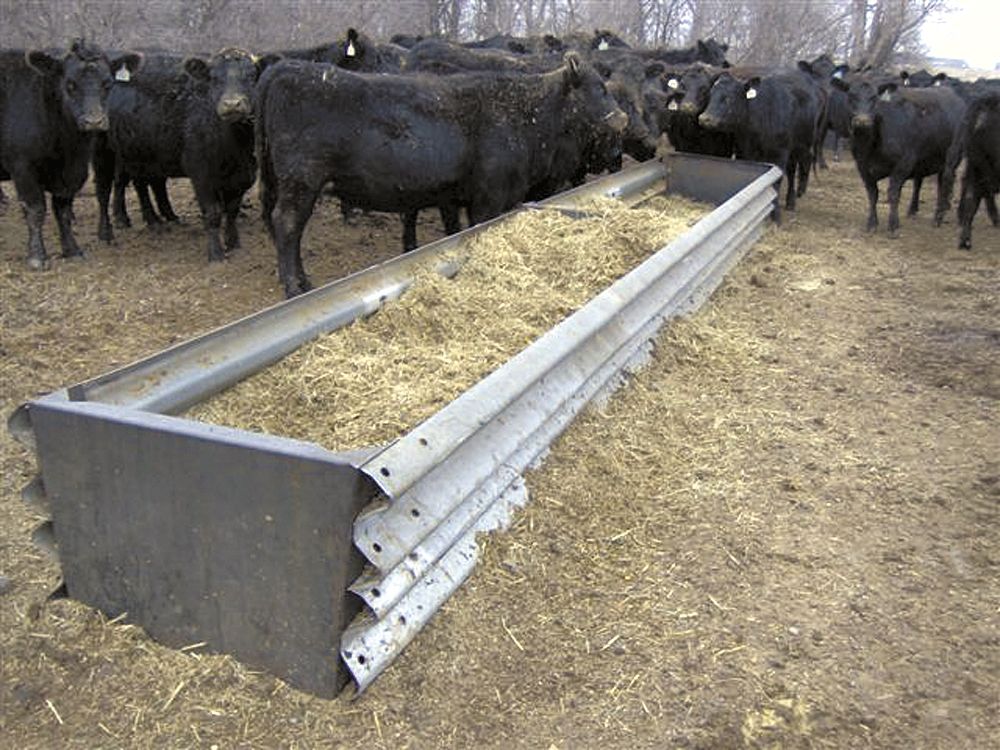
FARM SHOW Magazine The BEST stories about MadeItMyself Shop
Post and Rail Feed Barrier. For post and rail barriers, the feed curb should be 21 to 23 inches (53 to 58 cm) high on the cow-side of the bunk for Holstein cows and 18 to 19 inches (46 to 48 cm) for Jersey cows with the feed manger side elevated 3 to 4 inches (8 to 10 cm) above the cow alley. The curb should be 6 to 8 inches (15 to 20 cm) wide.
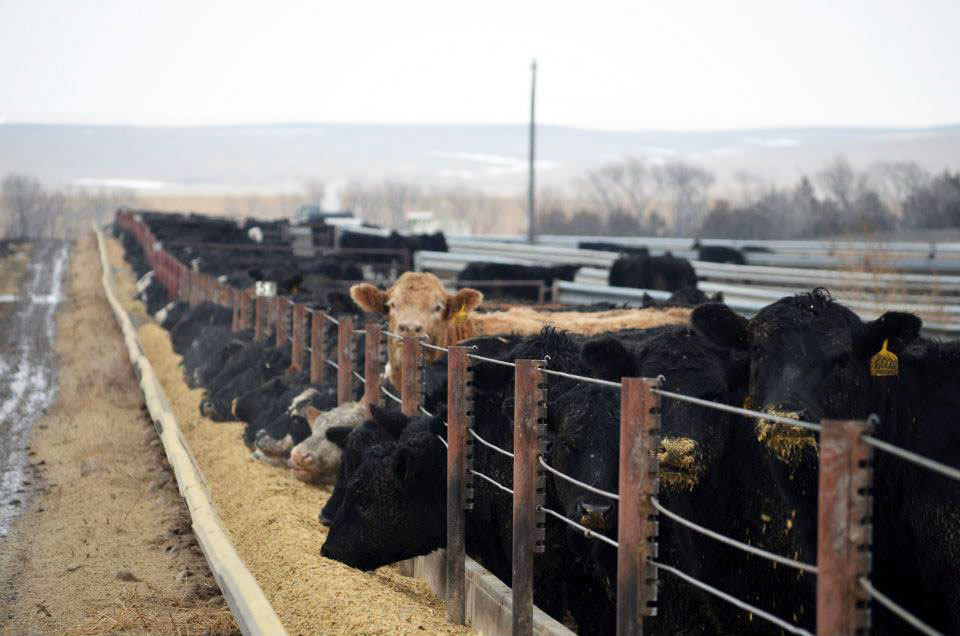
cattle at bunk FormAFeed
The Fenceline Feed Bunks feature a heavy duty frame and a 14 ga trough. These Feed Bunks have a level fill capacity of 72 cft. With a trough opening of close to 3 feet, filling with your feed wagon will be a breeze. Entry height is 22" so even lightweight calves can utilize the Feed Bunks. Raised 5" off of the ground.
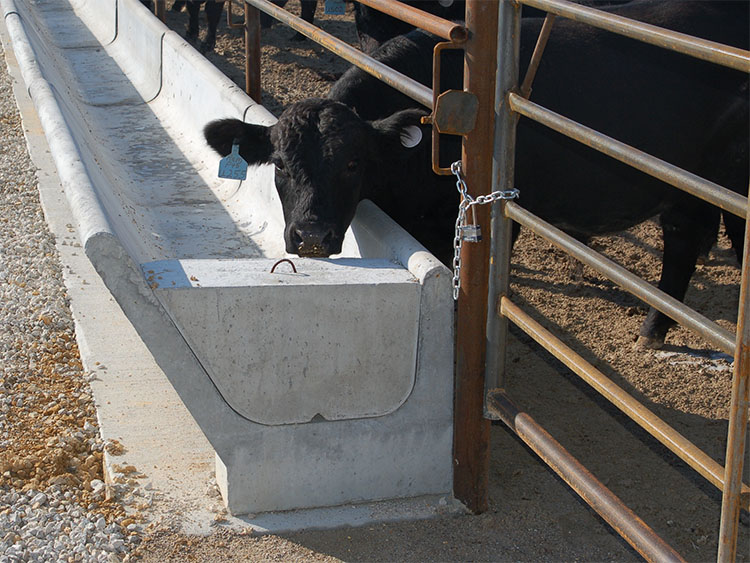
Feed Bunks SI Precast Concrete
Finishing cattle operations have a bunk space of 9-12 inches per head. Feeding frequency also can influence bunk space: once-a-day feeding requires more bunk space for containing the feed than operations feeding two or more times per day. Rations containing a higher percentage of forage require more bunk space because the feed is less dense.
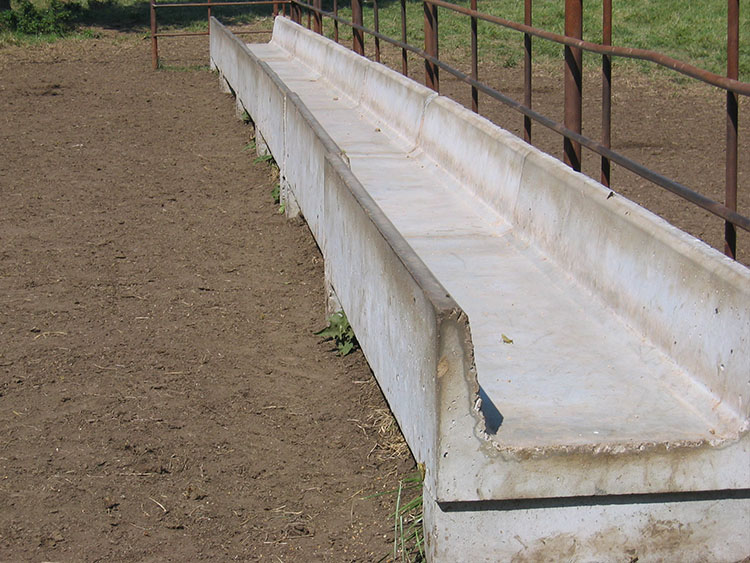
Feed Bunks SI Precast Concrete
Grinding, using feed bunks to reduce waste, proper feed storage to reduce loss, balancing nutrition — including minerals and vitamins — are all options for improving feed use. These ideas can provide important incremental solutions to feed shortages. There is opportunity for techniques and technology. Using a feed bunk instead of feeding on.
Cattle on Feed and Forage Conditions Improving Drovers
I love this board for all the ideas that are kicked around. the advice is very informative. I used concrete feed bunks at my old farm. I just bought a new place and moving them was out of the question. I refuse to pay almost $1000 for (9) 10"($100 each) bunk feeders. all it is is plastic and an aluminum frame.

Precast Concrete Feed Bunks Fenceline and HBunks Wieser Concrete
The limitations of bunk space have been well documented in research and common knowledge exists in the economics and management of intensive cattle feeding. Equally critical and often overlooked are bunk design and bunk maintenance. Outdated feeding systems, with their accumulated wear and tear over years, pose significant pain points.

Single Sided InLine Steel Feed Bunk S&B Custom Innovations Cattle
Cattle feed bunk is a great big container that holds hay, grain, and other foods for livestock. It is easy to access and allows farmers to feed their animals more precisely. This feeding station also helps reduce waste since most of what goes in end up gulped down by hungry cows (or other livestock).

Raising and Butchering Pigs Pig, Animal feed, Animals
Location. Miami, OK (NE OK) Nov 30, 2022. #1. I'm always asking questions thought I'd share something I actually do, might be helpful ideas for someone. These are feed bunks I've been building. Made 6, that should be enough I don't have to move them pasture to pasture so much. Made out of 3/8 wall 22inch pipe. 6inch pipe for legs. 20-21ft long.